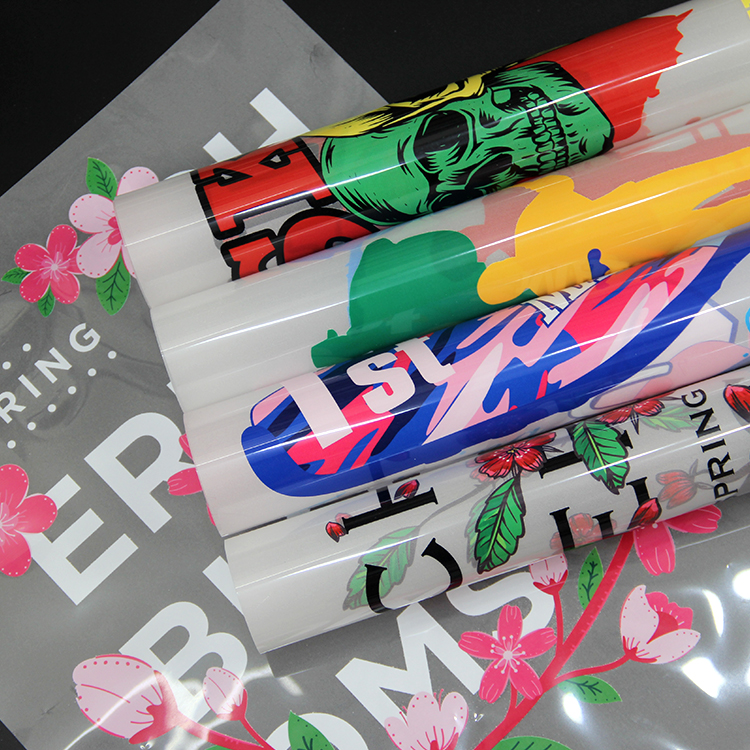posted on 2018-03-05 11:05:52
Sublimation paper typically receives a fairly large amount of sublimation ink compared With the amount of ink applied to paper as a result of, for example, a desktop computer printer (e.g., an ink jet or laser printer for a business office). In order to provide the desired image by sublimation printing, the sublimation ink is loaded onto the sublimation transfer paper in a relatively large amount. For an exemplary comparison, industrial or commercial inkjet printers that apply sublimation ink generally apply about 5 to about 20 times (typically about 10 to about 15 times) the amount of ink per unit area compared to desktop computer printers. It is expected that desktop printers may be used to apply sublimation ink at rate comparable to conventional desk top computer printers. Nevertheless, sublimation transfer paper that is used in industrial or commercial application typically received a considerable amount of sublimation ink to provide a desired image on a print substrate. The desired image includes a characterization of the clarity as well as the color fidelity. In general, the color fidelity refers to the ability to provide a color match that is as close as desired. It is desirable to provide a dye sublimation paper that can provide comparable or improved image quality on a print substrate as a result of sublimation printing While receiving less sublimation ink than typically required for sublimation printing.

The sublimation transfer paper can be constructed to receive the sublimation ink and hold the sublimation ink in a manner so that the sublimation ink is available for sublimation printing. The sublimation transfer paper can be characterized as having a paper substrate and a sublimation ink receptive coating on the paper substrate. The sublimation ink receptive coating can be provided on one or both sides of the paper substrate. Typically, sublimation transfer paper is only printed on one side. Accordingly, the sublimation transfer paper only needs to have the sublimation ink receptive coating on the side that receives the sublimation ink. The sublimation ink receptive coating is provided to receive the sublimation ink When it is applied to the sublimation transfer paper. To reduce the potential of the paper to curl, the other side of the paper substrate can receive a coating that may include a sizing agent (e.g., a size coat). The size coat can contain some type of visual indicator (e. g., a pigment or dye) that allows the user of the sublimation transfer paper to immediately appreciate Which side of the sublimation transfer paper contains.

The sublimation ink receptive coating and is the side intended to receive the sublimation ink. The pigment or dye that is provided as part of the size coat can be selected so that it does not transfer during sublimation processing.
The paper substrate and the sublimation ink receptive coating provided on the surface of the paper substrate can be selected to provide desired receipt of the sublimation ink, and desired release or transfer of the sublimation dye during sublimation printing. An advantage of the sublimation ink receptive coating according to the invention is that it can be applied to the paper substrate “on machine.” The reference to “on machine” refers to the application of the coating during the paper making process. Accordingly, as the paper is made, the coating can be applied relatively soon after the paper sub strate is formed. By applying the sublimation ink receptive coating “on machine” it is possible to avoid the costs associated with “off machine” processing where the paper substrate is shipped to another location for application of a coating.
Website:www.itransferpaper.com
Email:vision@itransferpaper.com
Whatsapp:+86-18717853955
Facebook:https://www.facebook.com/itransferpaper/
Twitter:http://twitter.com/itransferpaper
Youtube:https://www.youtube.com/channel/UC8W_0PRzeWjOhba9WZaH2xw
Google+:https://plus.google.com/u/0/+VISIONsublimationpaper

